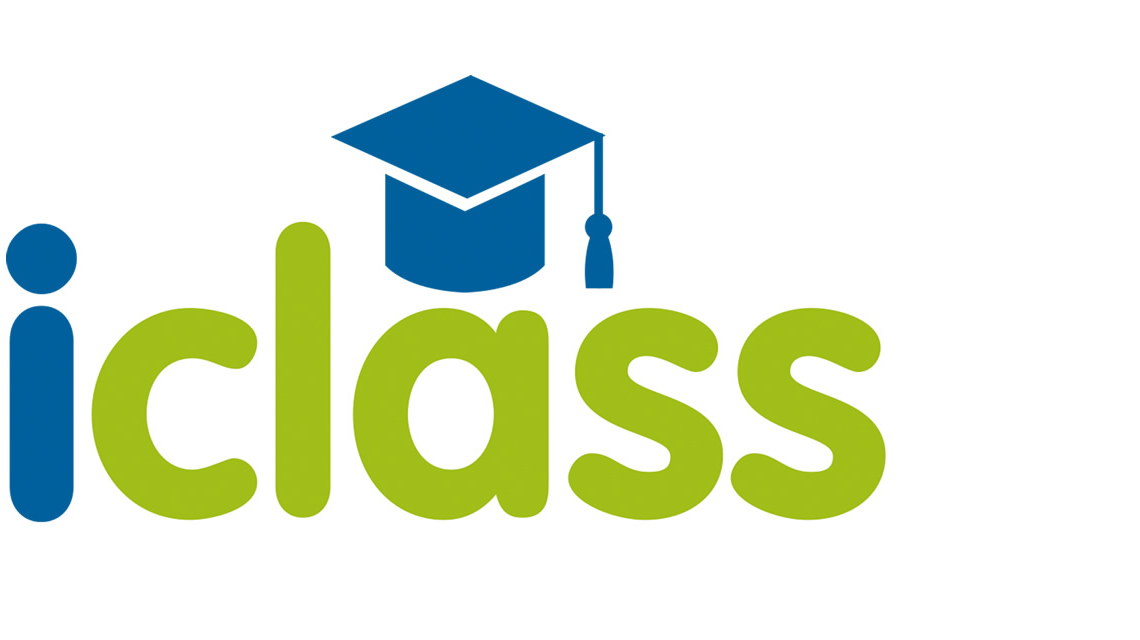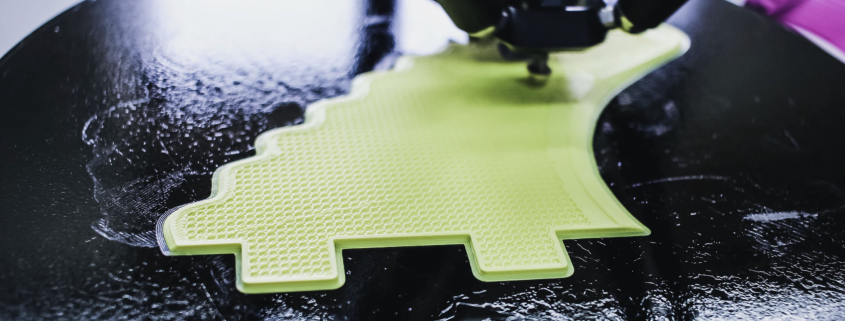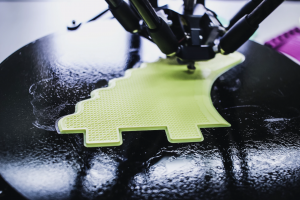Keep parents and students informed
An app platform allows teachers and faculty to send immediate alerts and updates. It ensures that parents and students are aware of any changes or important deadlines. A study by the Michigan Department of Education found that children of involved parents are more likely to do better in school. Most parents must be informed of how and why they ought to become involved. The app is a simple and easy way for schools to reach out to parents and keep them continually involved in their child’s education and aware of what they can do.

Reduce paper usage
Using a mobile app would allow schools to provide parents and students with paper-free updates. This could potentially allow schools to completely eliminate their use of paper flyers. The app notifications can also reduce the risk of information not reaching parents.
Schools making the change to a paperless system have reported saving about $418,000 in less than a year by cutting out almost 17 million sheets of paper!

Access information easily
Simple information such as deadlines and notifications would become readily available to parents and students in an instant. The more accessible the information can be, the less time administrators must spend answering simple questions. School apps can provide parents with a sense of security because they are able to stay well involved within the school.

Personalized notifications and updates
Notifications can be sent to any group! Whether you have a district-wide or class-only reminder, it will reach the correct audience.
Notifications and alerts can be released to parents and students based on the information that would be relevant to them. Alerts sent to the right group would create relevant news updates and eliminate junk mail and wasted resources.

Eliminate SMS text alert costs
Decrease the cost of using alert services by converting to a mobile app! Many schools are using SMS text message alert systems to keep faculty, parents and students informed. The cost of these services can add up quickly, especially for larger schools sending various types of notifications. A mobile app would allow a school to send out a notification through the app using data or the internet rather than paying a phone company per text message. It may be extremely helpful for schools to convert either fully or partially to an in-app notification system depending on the needs of the parents and students. Either way, the cost of an app can reduce the costs acquired from sending SMS alerts and notifications.









 UK + 442895907779
UK + 442895907779 customerservice@iclasscms.com
customerservice@iclasscms.com


